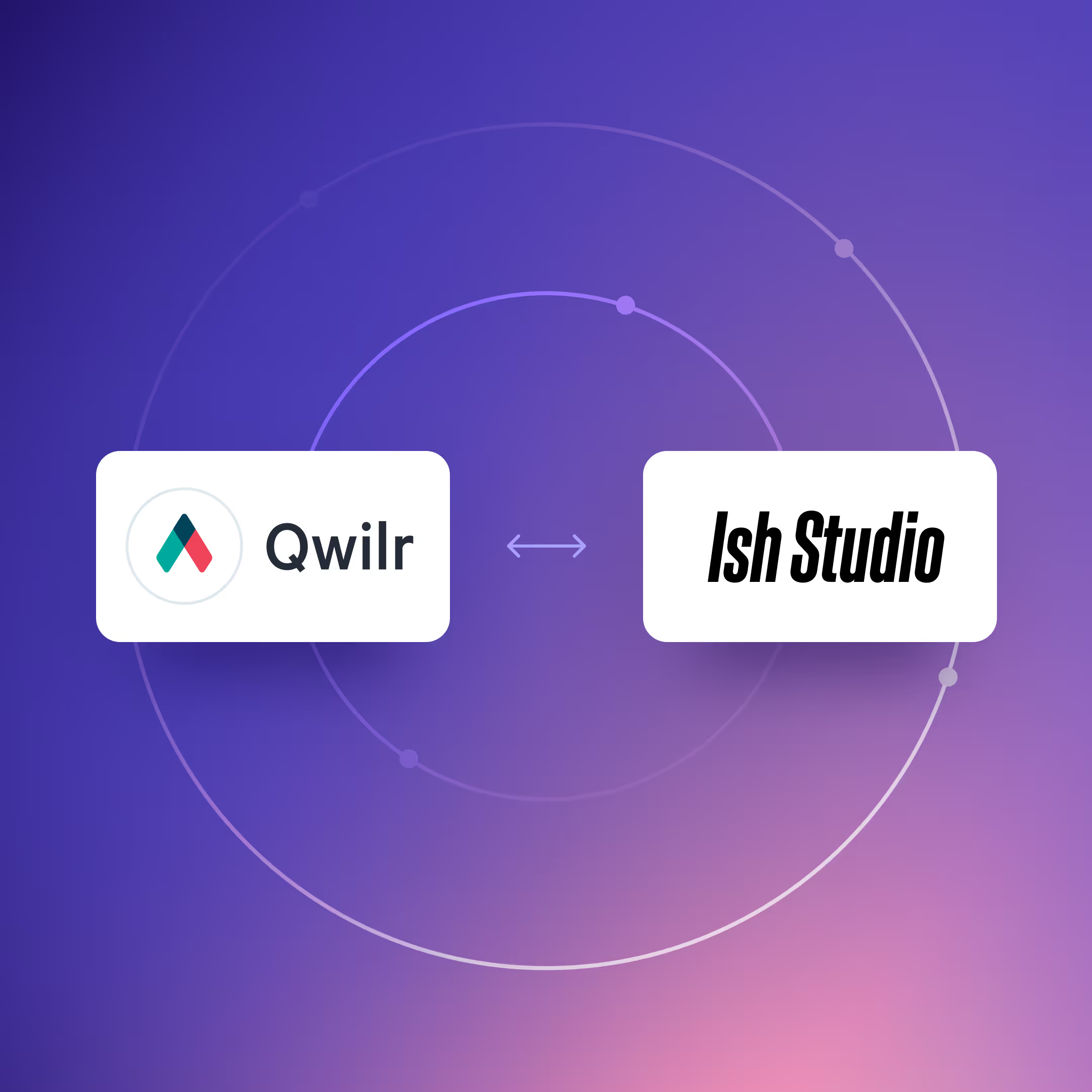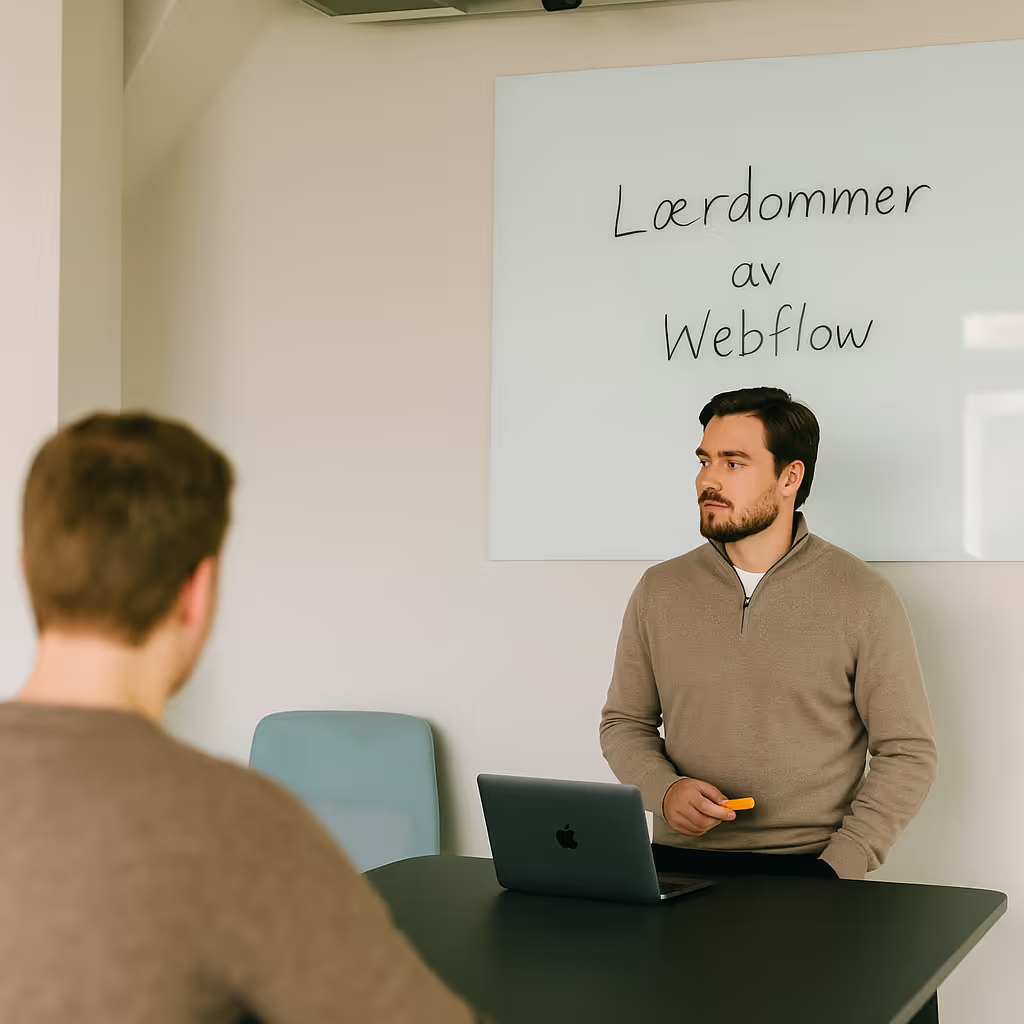Why psychology and design lead to conversions
Have you ever clicked on a beautiful website and still left because you could not figure out what the company actually does or how to move forward? You are not alone. Within 3 to 5 seconds, the brain decides whether the page is worth more of your time. Design is not only about colors and typography. It is about how people think and react when they encounter a new environment. By combining targeted text, credibility signals, and frictionless user experiences, you increase the likelihood that visitors will click, sign up, purchase, or get in touch.
1. Simple navigation – make it impossible to get lost
94% of users say simple navigation is the most important element on a website.
Keep the top menu to a maximum of five items and place the rest in the footer.
Highlight the most important content.
For example, move guides or case studies closer to the homepage. Plan the information architecture before starting the design. This can be done using a sitemap.
2. Hero section – win the five second battle
Say what problem you solve, not just who you are. Visitors ask: “Can you solve my problem?” Answer with one line that shows the benefit for your audience.
For example: “We design modern, custom websites in Webflow, built and optimized so your company is visible on Google and becomes the first choice for your customers.”
How to build a hero section that sells:
- Define your ideal customer profile and write the headline for them, not for “everyone.”
- Add social proof (logos, counters, or case study numbers) just above the fold.
- Use two CTA buttons:
Primary: “Book a demo / Contact us”
Secondary: “See how it works” - Offer a 60-second explainer video for visual learners.
- A/B test the headline, image, and CTA text to find the best converting combination.
3. User experience and CTAs in strategic places
Speed sells. Google replaced FID with INP (Interaction to Next Paint) in 2024 as a responsiveness signal and recommends INP under 200 ms.
Reduce image sizes (WebP or AVIF), remove unused JavaScript, and use lazy loading for media.
CTAs should always be within reach:
Place call-to-action buttons after each main section.
No one should have to scroll up to convert.
Consider making the navigation bar sticky.
4. Build credibility that sells
- Logos from well-known clients
- Video testimonials and data-driven case studies
- Certifications, awards, and professional content that demonstrates expertise
5. Write for a fifth grader
Complex language creates friction. Aim for a readability level around grade 3–5 so everyone can understand what you do, even if you sell advanced technology. Use short sentences, lists, and headlines that make the text easy to read and scan.
6. Frictionless forms
Ask only for what you need for the first contact.
Make “Book a demo” open a calendar (such as Calendly) directly.
Always display privacy reassurance (“We never share your data”).
7. Positioning that differentiates
Saying “we are the best” impresses few. Instead, explain why you are different:
- Unique process or methodology
- Specialization in a specific industry
- Pricing model that reduces risk for the customer
30-day action plan
- Week 1: Customer interviews and language notes → Hero text that resonates with your ideal customer profile
- Week 2: Navigation redesign → Clear, intuitive menu (5 items or fewer)
- Week 3: Speed optimization → INP score under 200 ms, green Core Web Vitals
- Week 4: Case studies and social proof → Higher credibility, more clicks on CTAs
- Week 5: A/B test hero section → Roll out the data-driven winning version
Resources and case studies
→ Everything you need to know about webflow
→ What 4 years with Webflow taught us
→ Case Study: Elite Care Estetichs
→ Case Study: NMBU
Next steps for you
Combine simple navigation, a user focused hero section, fast performance, and clear calls to action, and you will align with both human psychology and Google’s latest guidelines.
Ready for more leads? Book a free mini audit of your website with Ish Studio and get concrete improvement suggestions in under 15 minutes.










